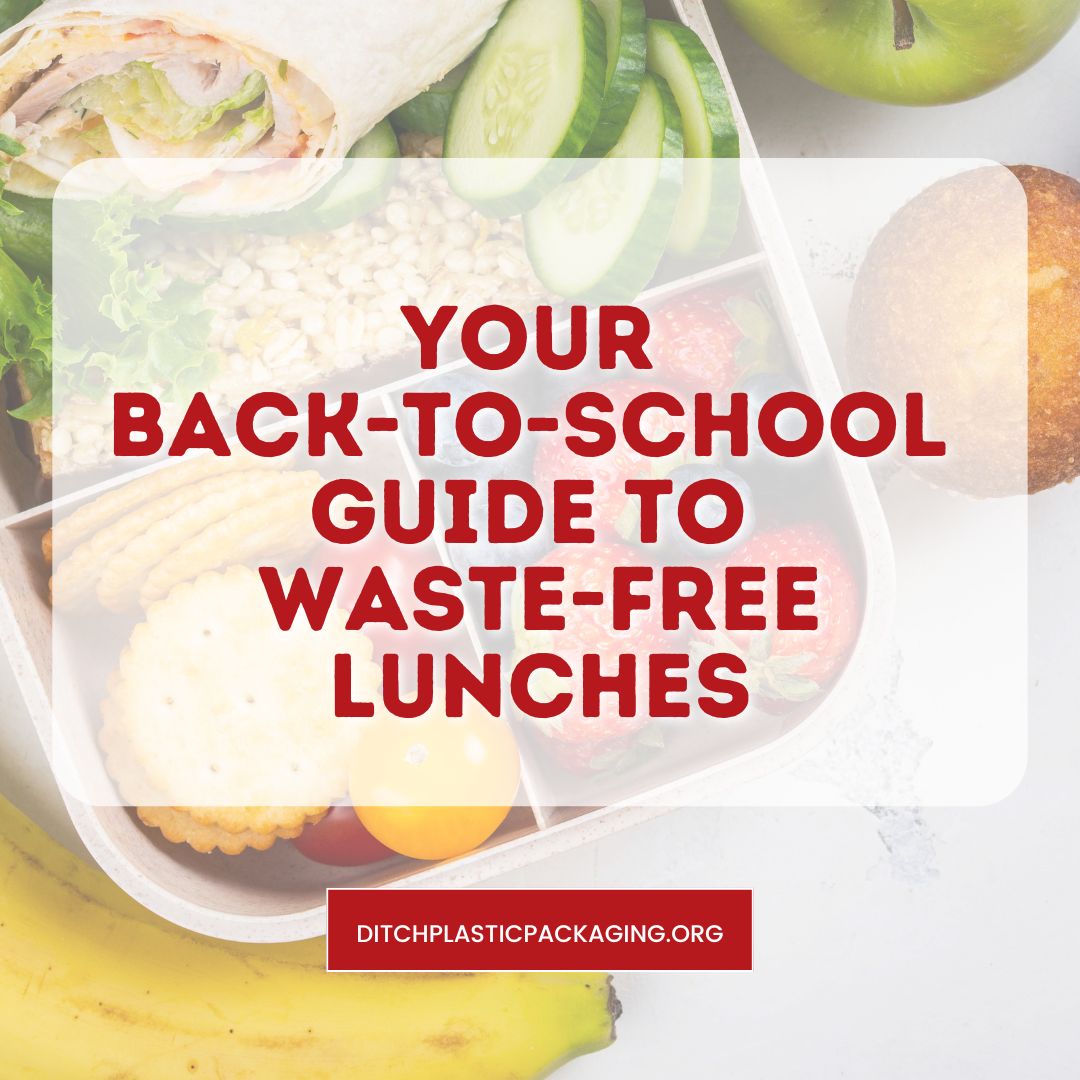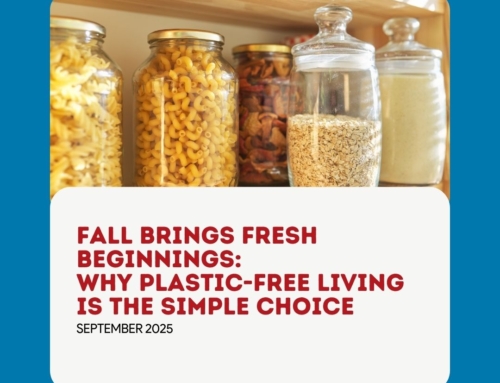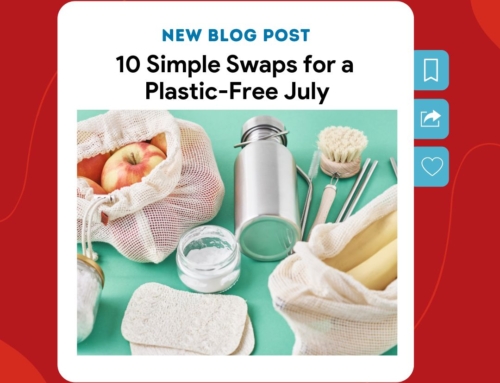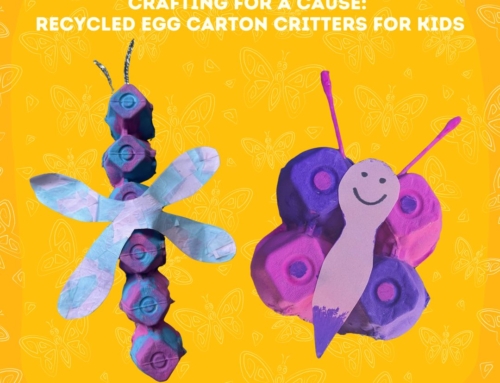
Back-to-school season is the perfect time to build better habits, and the lunchbox is an excellent place to start. Think about what typically shows up in a school lunch: snack bags, plastic cutlery, juice boxes, and cling wrap — all common single-use plastics. It adds up to more waste than you might expect. The good news? With just a few simple swaps, lunches can be healthier, more sustainable, and just as convenient.
You don’t have to be a zero-waste wizard to make a difference. You might be a busy parent, a college student, or just looking to refresh your routine - either way, small changes really do add up. And the best part? They set a powerful example for the future eco-champions in your life. Let’s make this school year greener, and cleaner, one lunch at a time!
Why Waste-Free Lunches Matter
The average student’s lunch can generate up to 30 kilograms of waste each school year, most of it from single-use plastics that end up in landfills or, worse, our waterways. Waste-free lunches help shrink that footprint by focusing on reusable, recyclable, and compostable items. They’re healthier, more cost-effective over time, and a simple way to lead by example when it comes to sustainability.
10 Easy Swaps for a Waste-Free Lunchbox
1. Ditch those Disposable Bags
Instead of plastic baggies or cling film, switch to reusable containers made from stainless steel, silicone, or BPA-free plastic. They’re durable, leak-proof, and perfect for everything from sandwiches to snacks.
2. Give Bees a Chance
Beeswax wraps are a flexible, washable alternative to plastic wrap. Great for wrapping fruit, cheese, or a half sandwich, they keep food fresh without waste.
3. Upgrade to a Reusable Water Bottle
Juice boxes and single-use bottles generate a significant amount of unnecessary waste. A stainless steel or glass bottle keeps drinks cold (or hot), saves money, and avoids all that throwaway packaging.
4. Clean with Cloth
Tuck a small cloth napkin into the lunchbox instead of using paper ones. They’re easy to wash, waste-free, and add a touch of style to lunch on the go!
5. Fresh > Pre-Packaged
Fruit cups, mini yogurts, and single-serve snacks often come wrapped in multiple layers of plastic. Whenever you can, opt for whole fruits or larger containers that you can portion out at home. This choice is usually more affordable, and almost always more nutritious.
6. Bulk it Up
On a similar note, pre-packaged snacks are convenient, but they come at a cost to your wallet and the environment. Buy snacks like crackers, trail mix, or dried fruit in bulk and portion them into reusable containers for convenient storage.
7. Label Everything (So It Comes Back!)
Reusable lunch gear only works if it doesn’t get lost. Add simple name labels to bottles, bags, and containers to ensure they return home safely.
8. Plan to Reduce Food Waste
Studies show that more than half of the fruits and vegetables served in school lunches are discarded — and in the U.S., up to 85% of cafeteria food is thrown away. To help reduce this, pack only what your child is likely to eat and involve them in choosing their favourite healthy options. Giving kids a say in what goes into their lunchbox encourages less waste and more mindful eating.
9. Say Goodbye to Plastic Cutlery
Pick up a set of reusable cutlery, such as bamboo, stainless steel, or foldable travel sets. No more scrambling for a plastic spoon!
10. Support Brands with Waste-Free Packaging
From nut butters to granola bars, more brands are stepping up with compostable, paper-based, or recyclable packaging. Choosing these options shows companies that we care about how products are packaged, not just what’s inside. You can also use these items in homemade lunches: cook with eggs that come in biodegradable cartons, portion out snacks from bulk items in paper packaging, or bake muffins with ingredients from sustainable brands. It’s a simple way to reduce plastic and create healthy, waste-free meals from scratch.
Back-to-School, But to Sustainability
Creating a waste-free lunch doesn’t mean sacrificing convenience or taste; it just means thinking a little differently. By choosing reusables, buying in bulk, and reducing plastic use, you’re not only helping the planet, you’re building habits that last beyond the school year. And hey, it’s a great conversation starter at the lunch table.
Show Us Your Lunchbox Wins!
We’d love to see your best zero-waste lunch hacks. Tag us using #WasteFreeLunches and #DitchPlasticPackaging to share your creative swaps and inspire others to pack greener!





